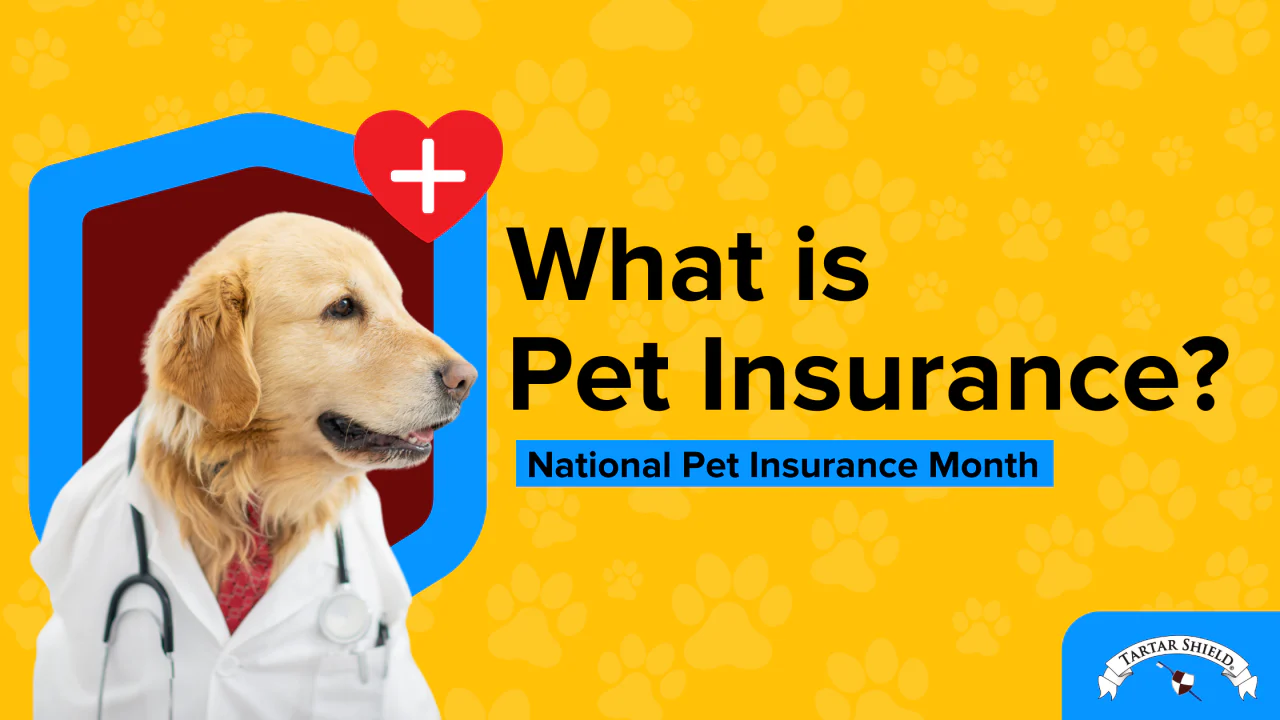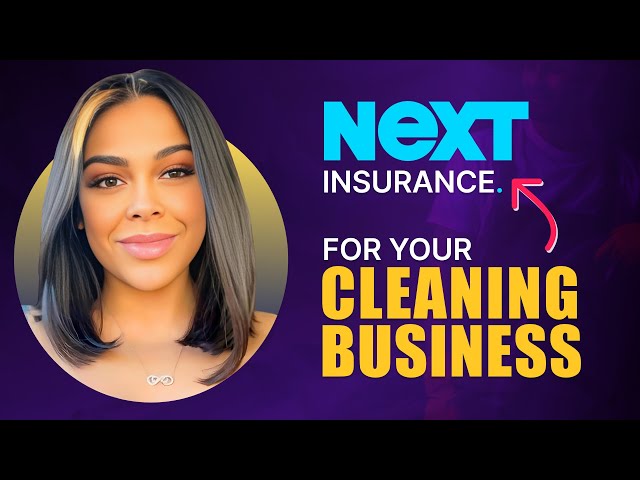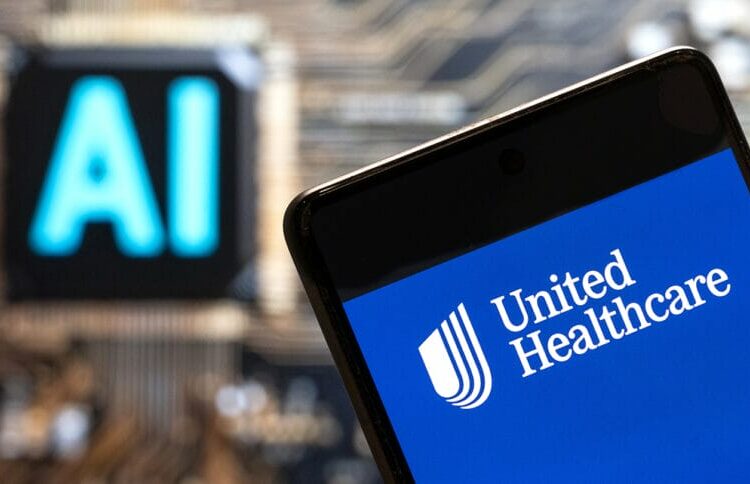Pet ownership offers immeasurable joy, companionship, and at times, unforeseen expenses. Similar to humans, pets can experience illness, accidents, or require routine healthcare. In such instances, pet insurance emerges as a critical safeguard, both financially and emotionally.
Toc
- 1. Introduction to Pet Insurance
- 2. Categories of Pet Insurance Coverage
- 3. Considerations When Selecting Pet Insurance
- 4. Related articles 01:
- 5. How Pet Insurance Functions
- 6. Common Misconceptions Regarding Pet Insurance
- 7. Advantages of Pet Insurance
- 8. Related articles 02:
- 9. Conclusion
- 10. Common Questions on Pet Insurance
Introduction to Pet Insurance

Pet insurance is a financial service designed to assist pet owners in managing the expenses of veterinary care. Analogous to human health insurance, pet insurance policies vary in terms of coverage, costs, and conditions. Through the payment of a monthly or annual premium, pet owners can significantly reduce the economic impact of unexpected veterinary expenses.
The Importance of Pet Insurance
Pet insurance offers peace of mind for pet owners facing unexpected or costly veterinary bills. In addition to providing financial support, it also allows pet owners to make decisions based on their pet’s health rather than financial constraints. With the advancement of veterinary medicine and technology, the cost of treating pets has increased significantly, making pet insurance an essential investment for responsible pet ownership.
The Rising Costs of Veterinary Care
The cost of veterinary services has significantly increased over time. From standard check-ups to emergency surgical interventions, the financial requirements of pet healthcare can accumulate rapidly. Pet insurance acts as a financial buffer, ensuring that pet owners can afford essential medical treatments without compromising their fiscal health.
Providing Peace of Mind to Pet Owners
The presence of pet insurance can confer peace of mind, enabling owners to concentrate on delivering the highest quality care to their companions, without the added stress of financial considerations. During critical moments, pet insurance can relieve the burden of choosing between a pet’s wellbeing and personal financial constraints.
Categories of Pet Insurance Coverage
Pet insurance policies typically encompass three primary categories of coverage:
Accident Coverage
This type of coverage assists with the medical costs arising from sudden injuries, such as fractures, cuts, or foreign object ingestion.
Illness Coverage
Illness coverage compensates pet owners for expenses related to the diagnosis and treatment of both chronic and acute health conditions, including but not limited to cancer, diabetes, and respiratory ailments.
Wellness Coverage
Also known as preventative care coverage, wellness coverage supports the expenses associated with routine veterinary services, including vaccinations, parasite prevention, and annual health assessments.
Considerations When Selecting Pet Insurance

When choosing a pet insurance policy, it is crucial to consider several factors to ensure the selection of appropriate coverage for your pet’s requirements:
Age and Breed of Your Pet
Insurance providers often have age limits and breed-specific restrictions in place. The propensity for certain health conditions in older pets and specific breeds can influence both the cost and the scope of coverage.
Coverage Limits and Deductibles
It is advisable to examine the coverage limits and deductibles of each policy to determine the out-of-pocket expenses before insurance coverage is applicable.
Policy Exclusions and Waiting Periods
Be mindful of any policy exclusions or waiting periods. Pre-existing conditions and certain medical treatments may not be immediately covered upon enrolment in a new policy.
Reputation and Customer Feedback of Insurance Providers
It is advisable to conduct comprehensive research and consider customer testimonials when evaluating the reputation of insurance providers. Focus should be on aspects such as customer service, claim processing, and overall client satisfaction.
1. https://doksannews.com/archive/466/
2. https://doksannews.com/archive/42/
3. https://doksannews.com/archive/54/
How Pet Insurance Functions

Enrollment Process
To initiate a pet insurance policy, one is generally required to provide details regarding the pet’s age, breed, and medical history. Coverage typically commences following a waiting period determined by the insurance provider.
Reimbursement Methods
The majority of pet insurance policies function on a reimbursement model, whereby the policyholder pays for veterinary services upfront and subsequently submits a claim for reimbursement.
Claim Filing Procedure
For claim submission, a copy of the veterinary bill along with any requisite medical records must be provided. Reimbursement is issued according to the terms of the policy once the claim has been processed.
Common Misconceptions Regarding Pet Insurance

Despite its clear advantages, several misconceptions about pet insurance still prevail, which can deter pet owners from investing in it. It’s crucial to debunk these myths to understand the real value of pet insurance.
Prohibitive Cost
One major misconception is the perceived prohibitive cost of pet insurance. While it’s true that pet insurance requires a monthly premium, many fail to recognize that this expense is often minimal compared to the potential savings on veterinary bills. This is particularly true for significant medical episodes or emergencies that can incur thousands of dollars. Investing in pet insurance can, therefore, provide financial security and peace of mind, ensuring that pet owners are prepared for any health issues their pets may encounter.
Exclusion of Pre-existing Conditions
Another common misunderstanding is the exclusion of pre-existing conditions from coverage, which many see as a significant drawback. While most insurance policies do exclude pre-existing conditions, it’s important to note that some insurers offer plans that may cover these conditions after a certain waiting period. This demonstrates the insurers’ flexibility and willingness to accommodate the varied needs of pets and their owners. It’s essential for pet owners to thoroughly research and inquire about these options when choosing a policy.
Uniform Coverage Requirement for All Pets
Many people also mistakenly believe that all pets require the same type of insurance coverage. This is far from the truth, as each pet is unique with distinct needs depending on their age, breed, and lifestyle. For instance, older pets might require more comprehensive coverage due to an increased risk of health issues, while certain breeds may be predisposed to specific conditions that necessitate targeted coverage. Therefore, it’s imperative for pet owners to select a policy that is not only cost-effective but also specifically tailored to the unique needs and circumstances of their pet.
Understanding these misconceptions and seeking out accurate information can help pet owners make informed decisions about pet insurance, ensuring their beloved companions are well protected without placing undue financial burden on the family.
Advantages of Pet Insurance

Pet insurance offers numerous benefits for both pets and their owners. First and foremost, it provides peace of mind knowing that in the event of an unexpected illness or injury, the pet will receive necessary medical care without financial constraints. This can be particularly important for families with limited budgets, as even routine veterinary visits can quickly add up in costs.
Moreover, pet insurance often covers a wide range of treatments and procedures, including surgeries, hospitalization, medications, and emergency care. This comprehensive coverage allows pet owners to focus on their pet’s health rather than worrying about the cost of treatment.
Financial Security
Investing in pet insurance offers a robust layer of financial security against the unpredictability of veterinary costs. It ensures pet owners can afford access to essential medical treatments when needed, without experiencing significant financial strain. This can be particularly valuable in scenarios where pets require unexpected surgeries or treatments that can quickly become expensive.
Enhanced Veterinary Care Accessibility
Pet insurance significantly enhances the accessibility of high-quality veterinary care. It opens the door to specialized care providers, including experts in various fields of animal health, state-of-the-art diagnostic procedures, and advanced treatments that might otherwise be cost-prohibitive. This means pets can receive the best possible care promptly, which can be crucial in emergency situations or for managing chronic conditions.
Peace of Mind
Having pet insurance provides invaluable peace of mind for pet owners. It alleviates the worry of how to afford veterinary care in the event of an illness or accident, allowing owners to focus on enjoying their time with their pets. Knowing that they’re prepared for any healthcare needs their pets might have means less stress and a better quality of life for both pets and their owners.
Strategies for Maximizing Pet Insurance Benefits
Policy Comprehension
It is crucial to invest time in comprehensively understanding the details of your pet insurance policy, including coverage specifics and any exclusions or limitations.
Maintenance of Preventative Care
Engaging in routine preventative care, such as vaccinations, dental maintenance, and wellness examinations, can contribute to your pet’s overall health and potentially avert more significant health issues.
1. https://doksannews.com/archive/466/
2. https://doksannews.com/archive/467/
3. https://doksannews.com/archive/42/
Selection of Appropriate Coverage
Choosing a pet insurance policy that meets the unique needs of your pet, considering age, breed, and medical history, is essential for optimal coverage.
Evaluating Pet Insurance Policies
When embarking on the journey to select the ideal pet insurance policy, it’s crucial to meticulously evaluate several pivotal factors to ensure your furry friend receives the best possible protection. Below are essential aspects to deliberate:
Coverage Options
It’s advisable to search for policies offering comprehensive coverage that spans across accidents, illnesses, and even preventative care measures such as vaccinations and regular check-ups. The option for additional customization of your policy can also prove invaluable, allowing you to tailor coverage to meet the specific needs of your pet, whether it’s for a congenital condition or a breed-specific ailment.
Premium Costs
Undertaking a thorough comparison of premium costs from a variety of insurance providers is a step that cannot be overlooked. This will not only help you to identify a policy that fits within your financial boundaries but also ensure that it doesn’t compromise on the breadth of coverage provided. Remember, the goal is to achieve a balance between affordable premiums and comprehensive protection that secures your pet’s health needs.
Customer Service and Reviews
Lastly, delving deep into customer testimonials and review analysis is paramount in gauging the reputation of potential insurance providers. Look for a company that stands out for its exceptional customer service, transparent policy terms, and efficient claims processing. Positive feedback from current policyholders can be a strong indicator of a company’s reliability and the quality of support you can expect to receive. This step is crucial in ensuring that, in times of need, you’ll be partnered with a provider that prioritizes your pet’s wellbeing as much as you do.
In conclusion, taking the time to thoroughly research and consider these critical factors can significantly aid in making an informed decision when choosing pet insurance. Doing so not only ensures your pet’s health and safety but also provides peace of mind knowing you’re prepared for any unexpected health issues that may arise.
Conclusion

Pet insurance emerges as an indispensable resource for pet owners aiming to safeguard their beloved pets and themselves against the financial implications of unforeseen veterinary expenses. By comprehensively understanding the available coverage types, meticulously comparing policies, and selecting the most suitable coverage for your pet’s requirements, you can guarantee that your pet is afforded the necessary care without imposing a financial strain.
Common Questions on Pet Insurance
Coverage Details of Pet Insurance
Pet insurance is designed to alleviate the financial burden of veterinary expenses. Generally, it covers the costs associated with accidents, illnesses, including surgeries, prescriptions, and sometimes even preventive care, such as vaccinations and routine check-ups. However, the specifics of what is covered can vary significantly by policy, making it crucial for pet owners to carefully compare plans.
Cost Factors for Pet Insurance
The cost of pet insurance is impacted by several factors. The age and breed of your pet are primary considerations, as older pets and those breeds prone to specific health issues may incur higher premiums. Geographic location also plays a role; living in an area with higher veterinary costs can increase premiums. Additionally, the level of coverage you select—ranging from basic to comprehensive—will directly influence your monthly or annual payments.
Veterinarian Choice Flexibility
One of the appealing features of most pet insurance plans is the flexibility to choose any licensed veterinarian. This is particularly beneficial for pet owners who have established relationships with veterinarians or those who require specialized care. However, it’s important to note that even though many plans offer this flexibility, some may have preferred networks or impose certain restrictions, which could affect out-of-pocket costs for the pet owner.
Coverage for Pre-existing Conditions
A common limitation among pet insurance policies is the exclusion of pre-existing conditions. These are health issues that were diagnosed or noticeable before the policy began. While most insurers strictly exclude these conditions, there are some that offer coverage after a certain waiting period has elapsed, provided the pet has been symptom-free. This aspect varies widely among insurance providers and plans, so understanding the fine print is essential.
The Value of Pet Insurance
The decision to purchase pet insurance is a personal one, influenced by each pet owner’s circumstances. Offering not just financial security but also peace of mind, pet insurance can be a valuable investment. It allows pet owners to manage the cost of unexpected veterinary care more easily, ensuring that decisions about a pet’s health are not dictated by financial limitations. For those with pets facing chronic conditions or illnesses, or simply to prepare for the unpredictable, pet insurance can be an especially prudent choice.














